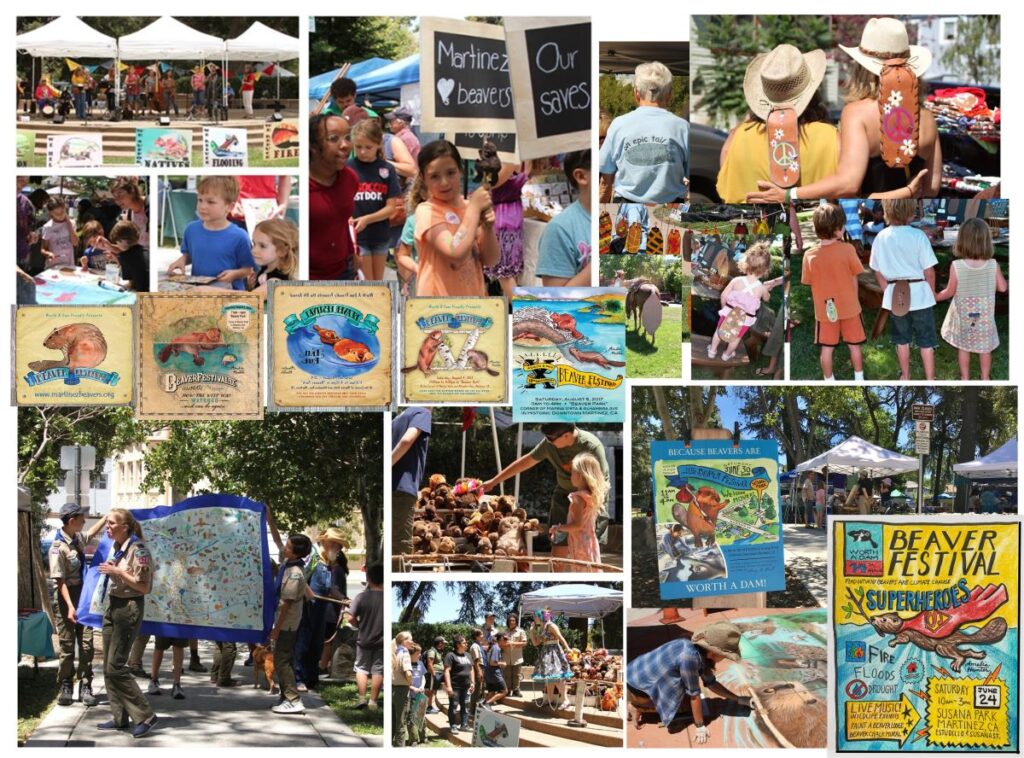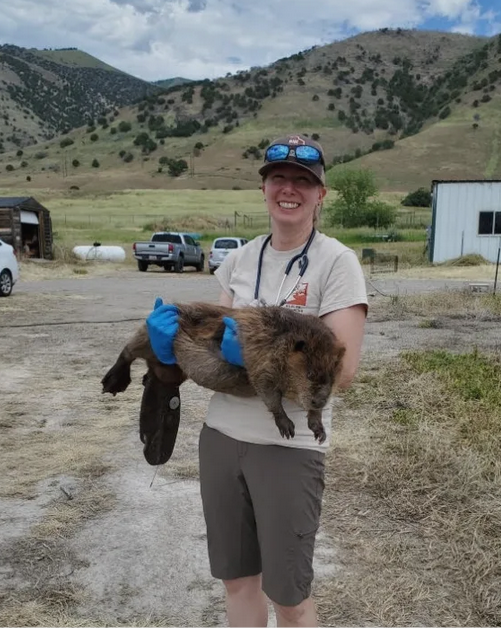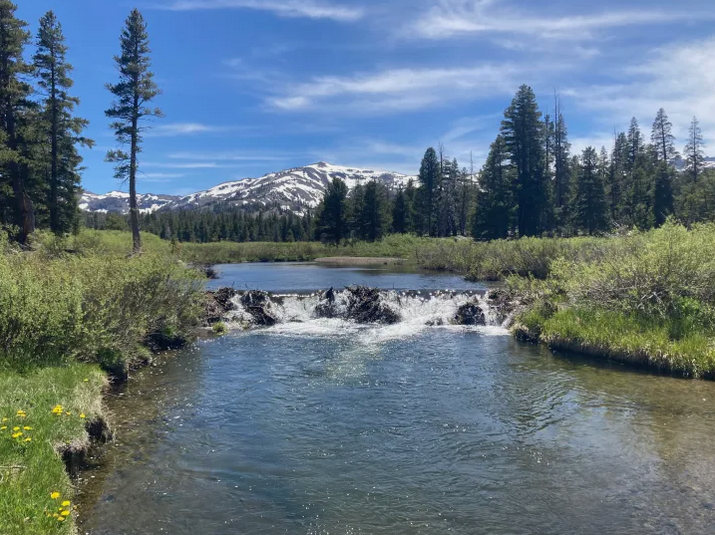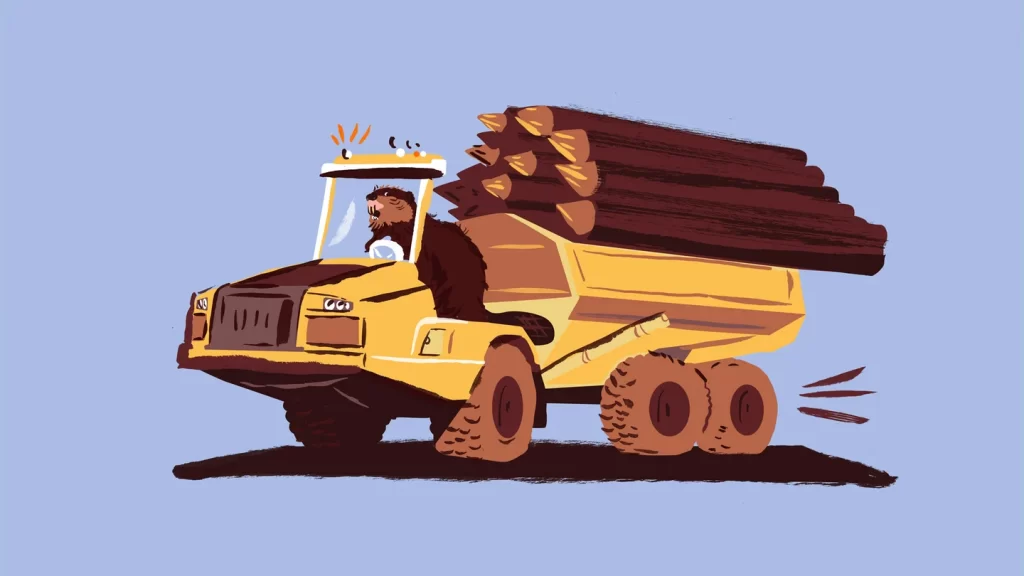Isn’t that a weird coincidence? Rob Schroeder was the mayor of Martinez since forEVER and during that time every single group and nonprofit and team and hobby was invited to display in the artifact case at city hall except for you know, Worth A Dam and those very famous Martinez Beavers. But now for the first time another nice lady is mayor and we’ve been invited to display items and photos for the beaver festival for the entire month of June.
Isn’t that just a weird coincidence?
 I think we will have some great ‘artifacts’ to add along with this, maybe a lunch bag beaver puppet, a charm bracelet and our congressional record certificate?
I think we will have some great ‘artifacts’ to add along with this, maybe a lunch bag beaver puppet, a charm bracelet and our congressional record certificate?
The other bright spot in my day today was reading this gruesome article which gave me exhilarating domestic terrorism fantasies because if a few believers paid trappers to do this in a few more state parks all our troubles would be over.
NEW HARTFORD — Members of the New Hartford Town Board engaged in a tense discussion about trapping and hunting in public parks after several skinned beaver carcasses were discovered on the Rayhill Trail in New Hartford.
The meeting room in New Hartford’s municipal building was filled with concerned and angry New Hartford residents who pushed the town board to pass a resolution to ban trapping in public parks at the town board meeting on Wednesday, April 19.
The board held the public comment period at the end of the meeting. Town Supervisor Paul Miscione wanted to postpone the discussion about the beavers until the next meeting, when council had time to review the report from the DEC investigation that has been closed.
Yup. Drop a few skinned beavers on a nice family trail near the kiddie park and get yourself some popcorn to sit back and watch the drama unfold before your eyes.
Attendees were unhappy with this, saying that they went to this night’s meeting to discuss the beavers, and that the board does not need to review the report to listen to how the attendees feel about the slaughter of the beavers.
“I understand your concern and I think it’s appalling,” Miscione said. “I spoke to other people that are trapping … and you don’t leave anything like that. There’s trapping, and then there’s that. Again, I agree, but there’s other people that’s going to be here, the state official will come to the next meeting.”
The board allowed Judy Cusworth, founder of the Woodhaven Wildlife Center, a nonprofit wildlife sanctuary in Chadwicks, to speak. Cusworth has been working with the New York State Department of Environmental Conservation (DEC) and received the initial complaint about the beavers.
“Unless you take the initiative to post every park in the town of New Hartford, this can go on,” she added. “Do you want your kids to see this? To walk off the trail and step in a leg-hold trap?”
Cusworth had pictures of the dead beavers, and presented the graphic and upsetting images to the board.
If a few fliers and a video is upsetting, a family of dead skinned beavers has got to be be an alarm bell. Ohh and a few dead skinned kits laying along side their parents. Now that would be a five alarm fire.
“I’m not asking you to start saying, ‘No hunting, no trapping in the entire town. Listen, I’m not that stupid,” Cusworth said. “I understand that people who own property, who pay taxes, if they want to give somebody permission to hunt and trap, I’m not asking you to shut them down. I’m asking you to shut your parks down.”
Cusworth said that in the investigation, the DEC determined that this was not done by any government entity.
BOCES, which has property that closely borders the Rayhill Trail, is posting signs that ban hunting and trapping on its property.
Miscione said that none of the board members have experience in environmental conservation, so they would like to speak with a DEC representative to learn more before making any decisions. This led attendees to become upset and raise their voices at Miscione, urging the board to ban hunting and trapping in the parks that night.
Yes please. Go on. Tell me more about how this never happens and how its a very unprofessional mistake from a careless recreational trapper. I’m pretty sure dead beavers wind up looking the same where their carcasses are left in the trail or buried without a trace.
“The frustration is that it’s the will of the community, and we’re being overspoken repeatedly,” an attendee said.
“Why not make a motion tonight to post signs” Why not?” another attendee asked.
Town Attorney Herb Cully attributed his hesitance to the uncertainty of the legality of this decision.
“Normally there would be some kind of a public hearing, these parks are in part funded by state and federal funds, … these folks are asking this board, and no one has presented this that I’m aware of prior to today, saying ‘OK, you guys pass it right now.’ I’d like to make sure it’s done legally and properly,” he said.
Dave Liebig, executive director of the New York Trappers Association, said that he walked the trail that day, and that both sides of the Rayhill Trail are private property — only the trail itself is public property.
Liebig said that beavers are trapped in the water, and so they would not have been trapped on the walking path itself. The carcasses were left by the trail on BOCES property.
“Trappers do not condone dumping carcasses anywhere,” Liebig said. “We do not condone that. … the only other time that happens is if they have a long walk back, and say if it’s an elderly gentleman that’s trapping, so they can’t carry the beaver that distance.”
The board passed a motion to post signs on public park land that ban trapping, which garnered a round of applause from attendees. The meeting adjourned shortly after.
If the people lead then the leaders will follow. Here’s proof of that once again. These people were riled and spitting mad that their nice park was polluted with dead beaver carcasses and they were on display for all their children to see. I actually wonder who took them away eventually? Did some one step up or call public works to do the deed?
Who ever did I want to personally thank that family of dead beavers. They selflessly changed the world for beavers in that park for a good long time. People always say when they trap and eat beaver isn’t it good that they didn’t go to waste? Well these beavers definitely didn’t go to waste.
They changed the world.



 Best practices honed over the years include catching and relocating entire families. Beavers are monogamous and mate for life, and young typically stay with their parents for two years to help maintain the living quarters and raise the next generation of kits.
Best practices honed over the years include catching and relocating entire families. Beavers are monogamous and mate for life, and young typically stay with their parents for two years to help maintain the living quarters and raise the next generation of kits.


 SPRINGFIELD, Ill. – Illinois State Senator Patrick Joyce, D-Essex, has proposed a bill aimed at protecting beavers and regulating the activities of nuisance wildlife operators.
SPRINGFIELD, Ill. – Illinois State Senator Patrick Joyce, D-Essex, has proposed a bill aimed at protecting beavers and regulating the activities of nuisance wildlife operators.  I think we will have some great ‘artifacts’ to add along with this, maybe a lunch bag beaver puppet, a charm bracelet and our congressional record certificate?
I think we will have some great ‘artifacts’ to add along with this, maybe a lunch bag beaver puppet, a charm bracelet and our congressional record certificate?


































